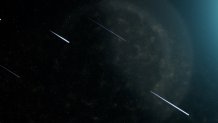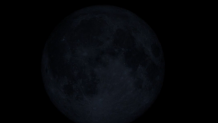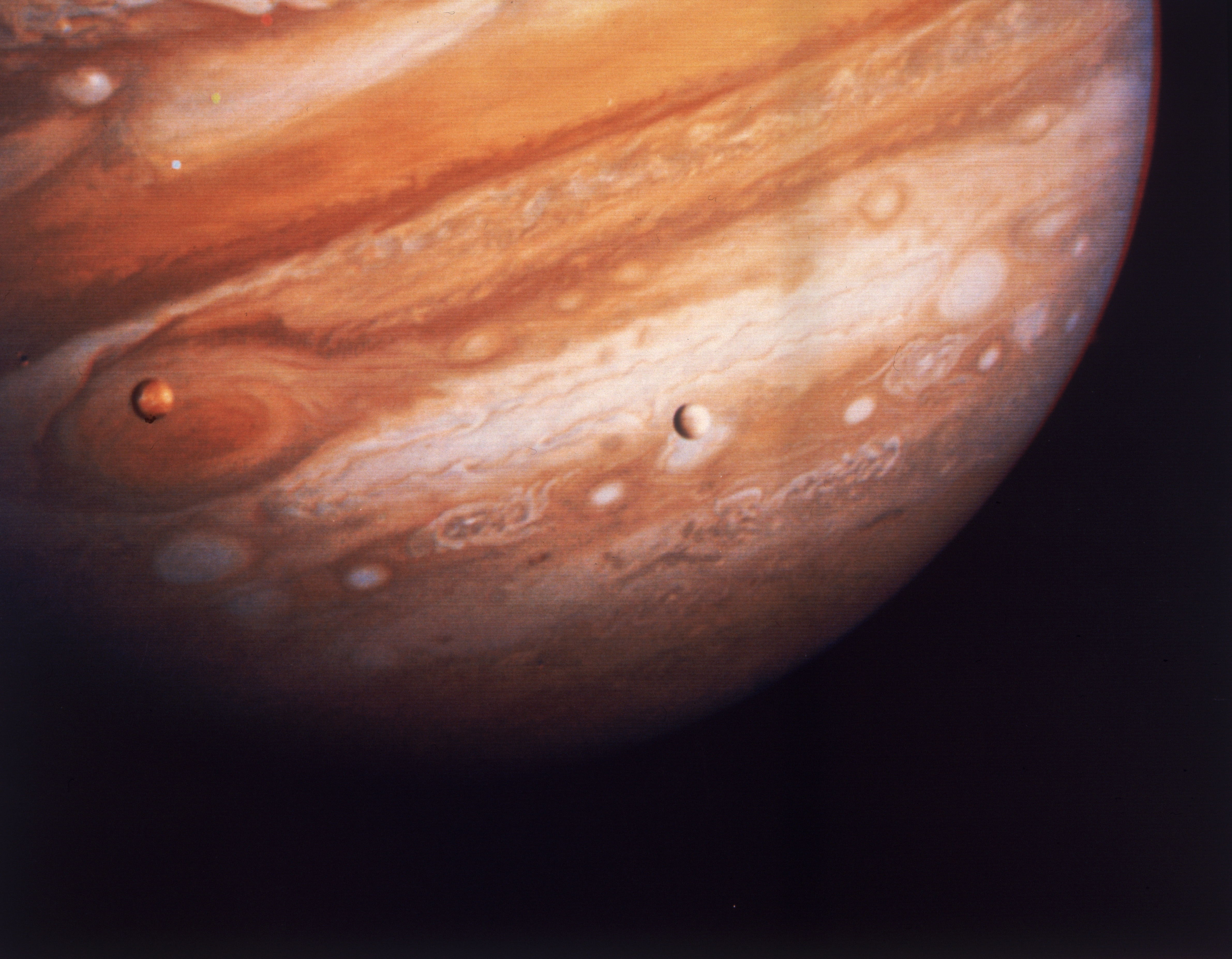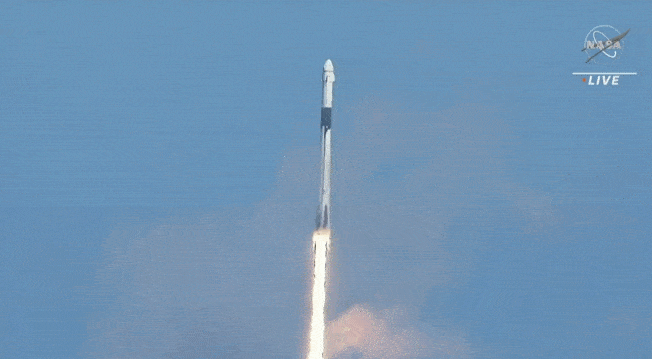October's celestial calendar will give New Yorkers plenty of reasons to look up and marvel at the sky.
From full moons to meteor showers, here’s a lineup of what’s in store – weather permitting, of course.
Jupiter and Saturn
Giant planets Jupiter and Saturn will be visible in the sky throughout the month of October. Sky gazers can catch them in evening moving westward with the stars, forming a triangle with bright star Fomalhaut.
Get Tri-state area news and weather forecasts to your inbox. Sign up for NBC New York newsletters.
“When observing this trio, note how the planets shine with a steady light, while the star twinkles,” NASA said. “This can be an easy way to know if what you're looking at is a planet or a star.”
Hunter’s Full Moon
The next full moon New Yorkers will get to see is the Hunter’s Moon, which will shine bright on Sunday, Oct. 9.
The Hunter’s Moon is also known as the Travel Moon or Dying Grass Moon, in which Native Americans related leaves changing colors and the withering of plants to the start of fall.
Draconid Meteor Shower

The Draconid meteor shower will peak around this Saturday, Oct. 8 and Sunday, Oct. 9 and is best viewed in the evening. Unfortunately, the Hunter’s full moon on Sunday may outshine fainter meteors that shoot across the sky.
Draconids are seen as Earth passes through bits of ice and rock debris left behind by Comet 21P/Giacobini-Zinner as it hurtles through space.
Orionids Meteor Shower
Created by dust that Halley’s Comet left behind, the Orionids meteor shower is active throughout the month but will peak on Oct. 20.
NASA says the shower will produce 10 to 20 meteors per hour at its peak and no equipment is needed to observe meteor showers.
The New Moon

Capping off the month of celestial events, a New Moon will peak on Oct. 25.
A new moon is the opposite of a full moon, in which we see darker side of moon that is not illuminated by the sun, making it appear to blend in with the night sky.
This event allows stars to shine brighter without much moonlight to disrupt their glow.



